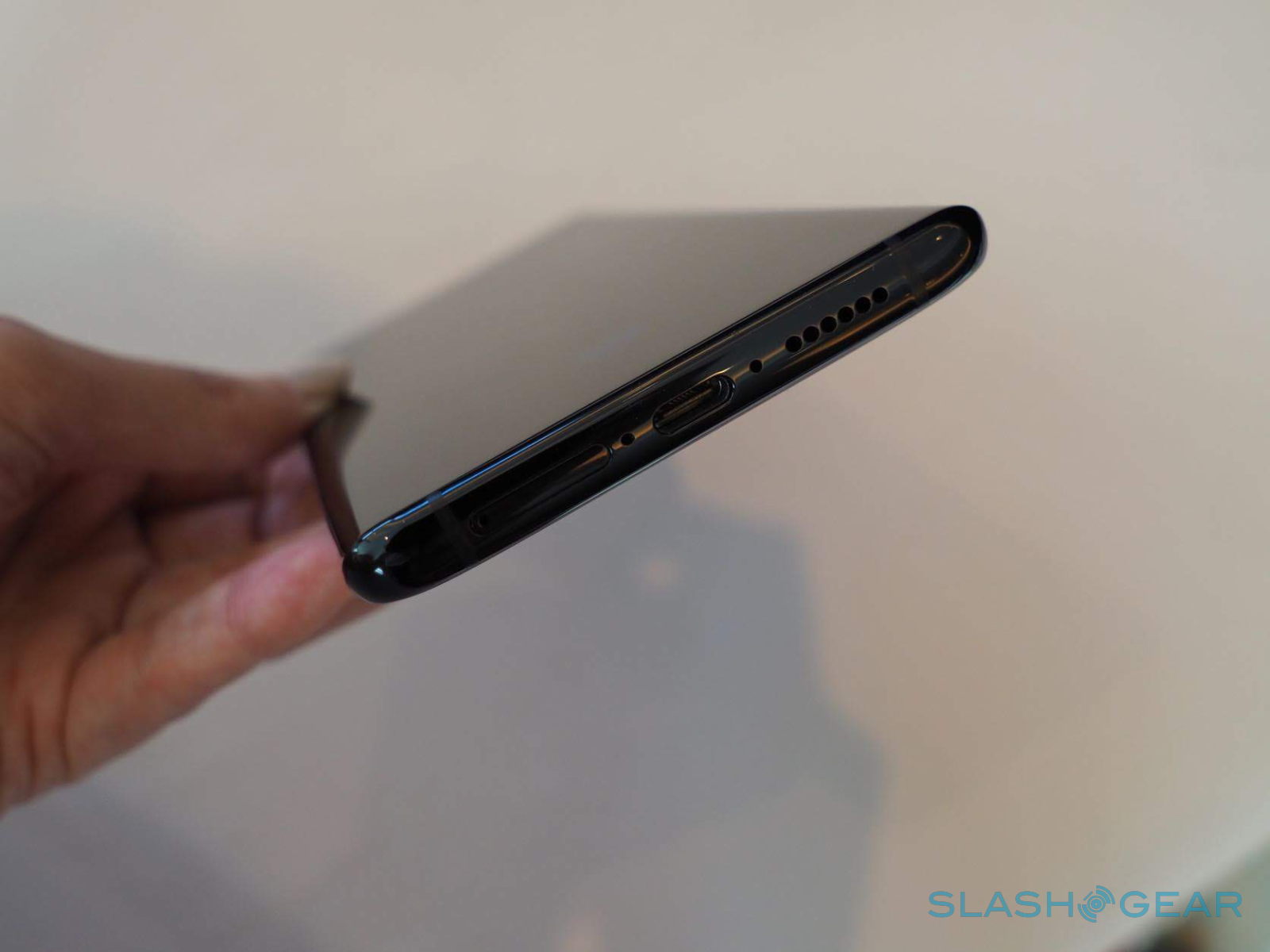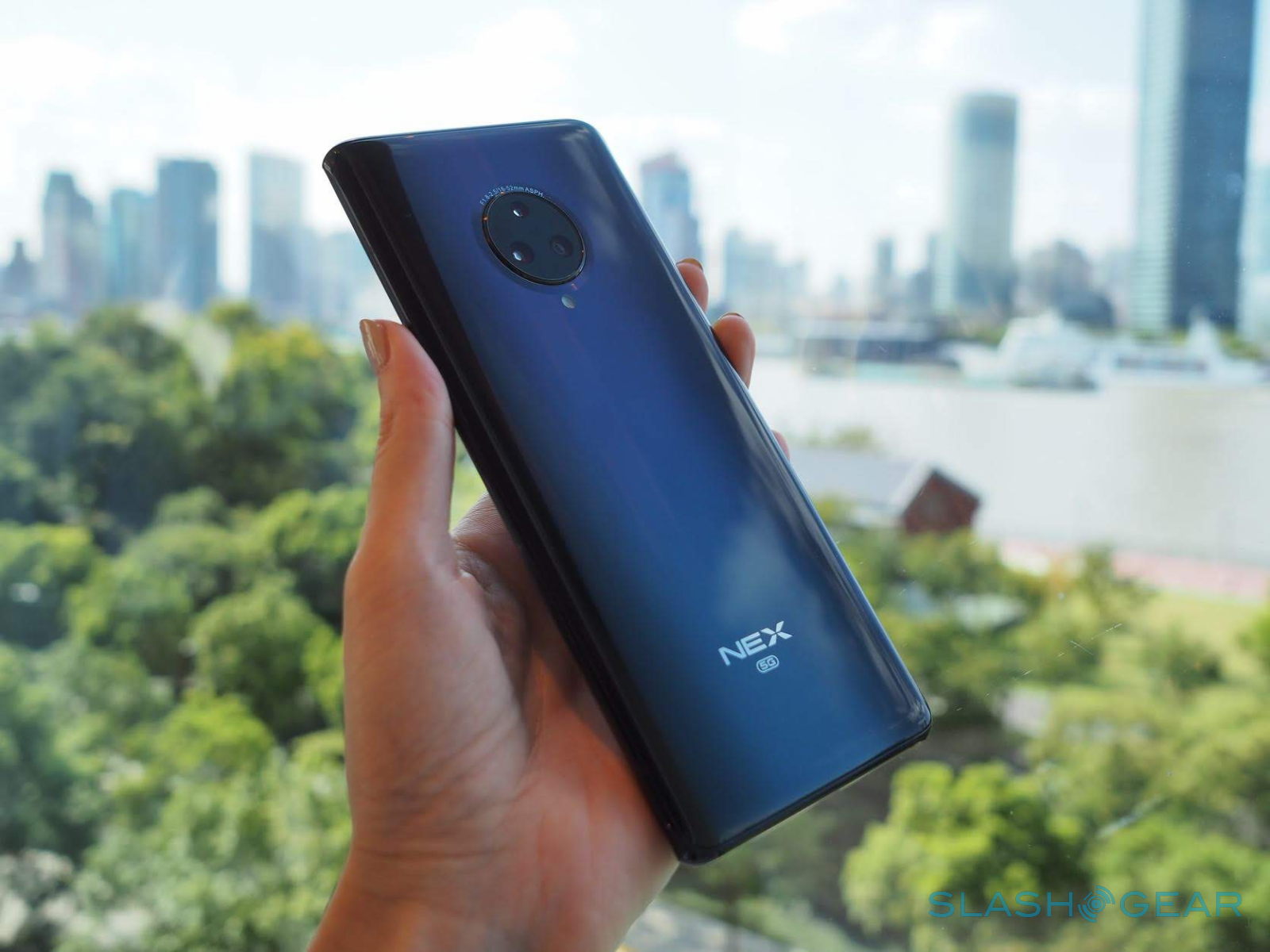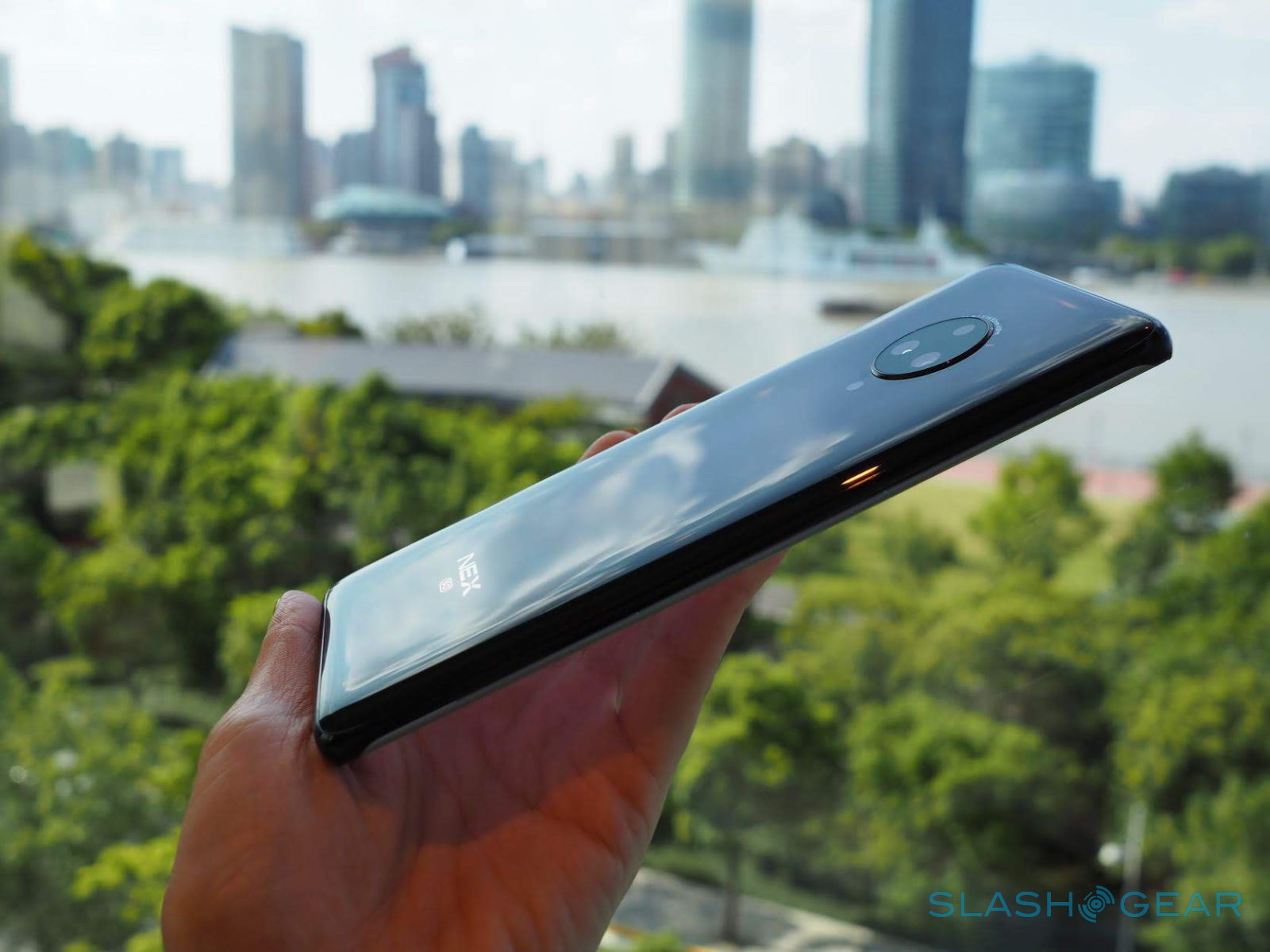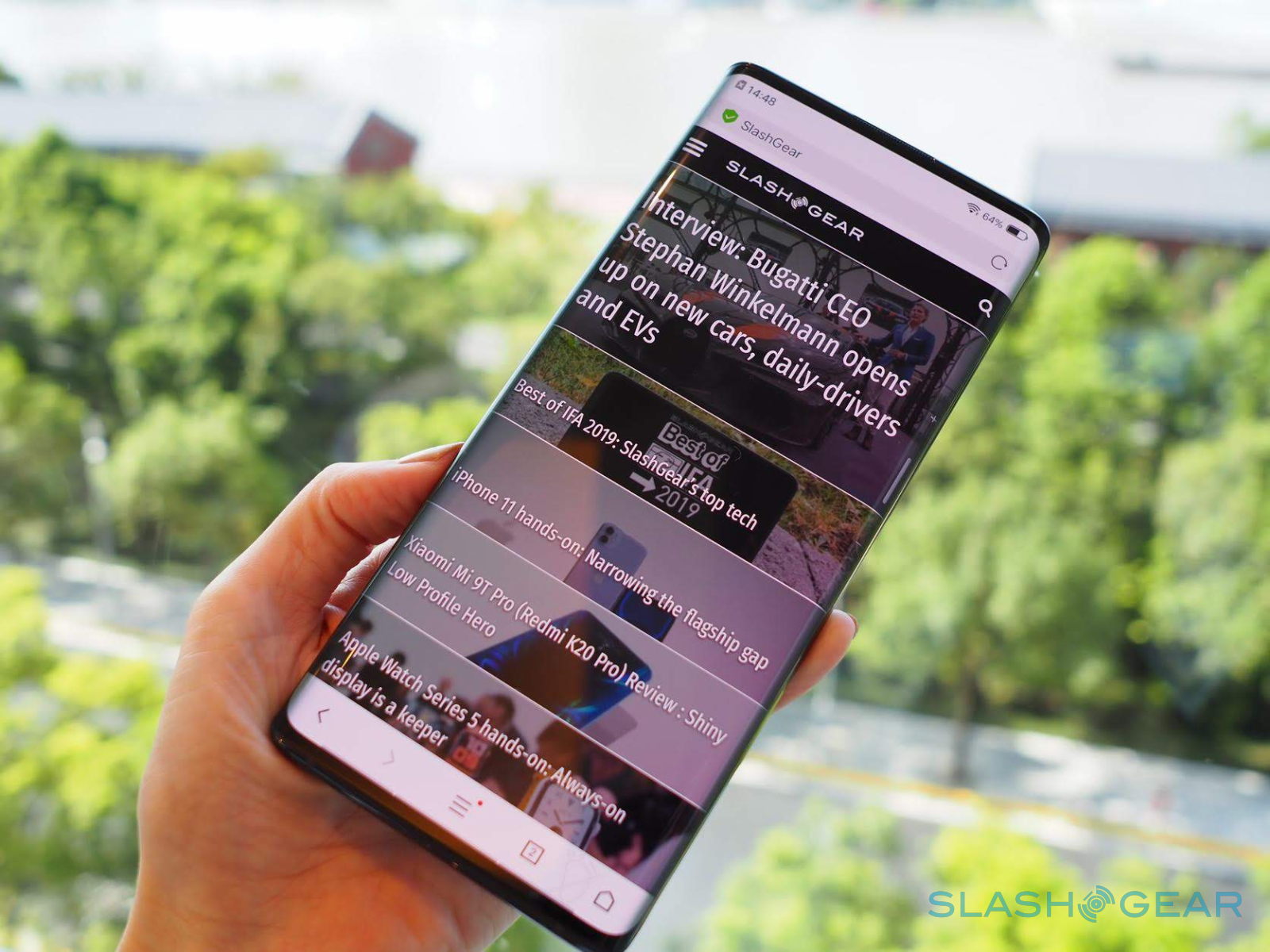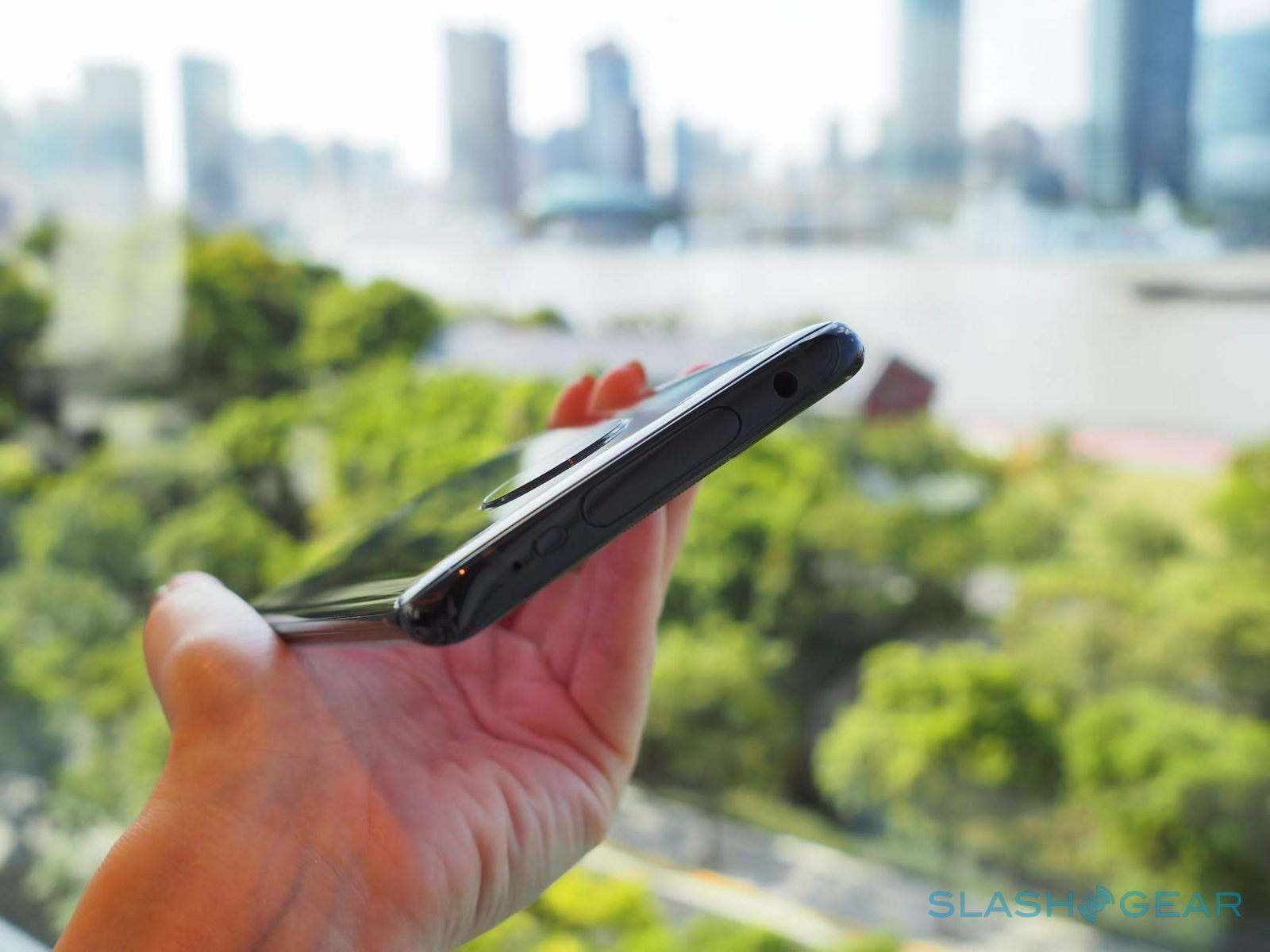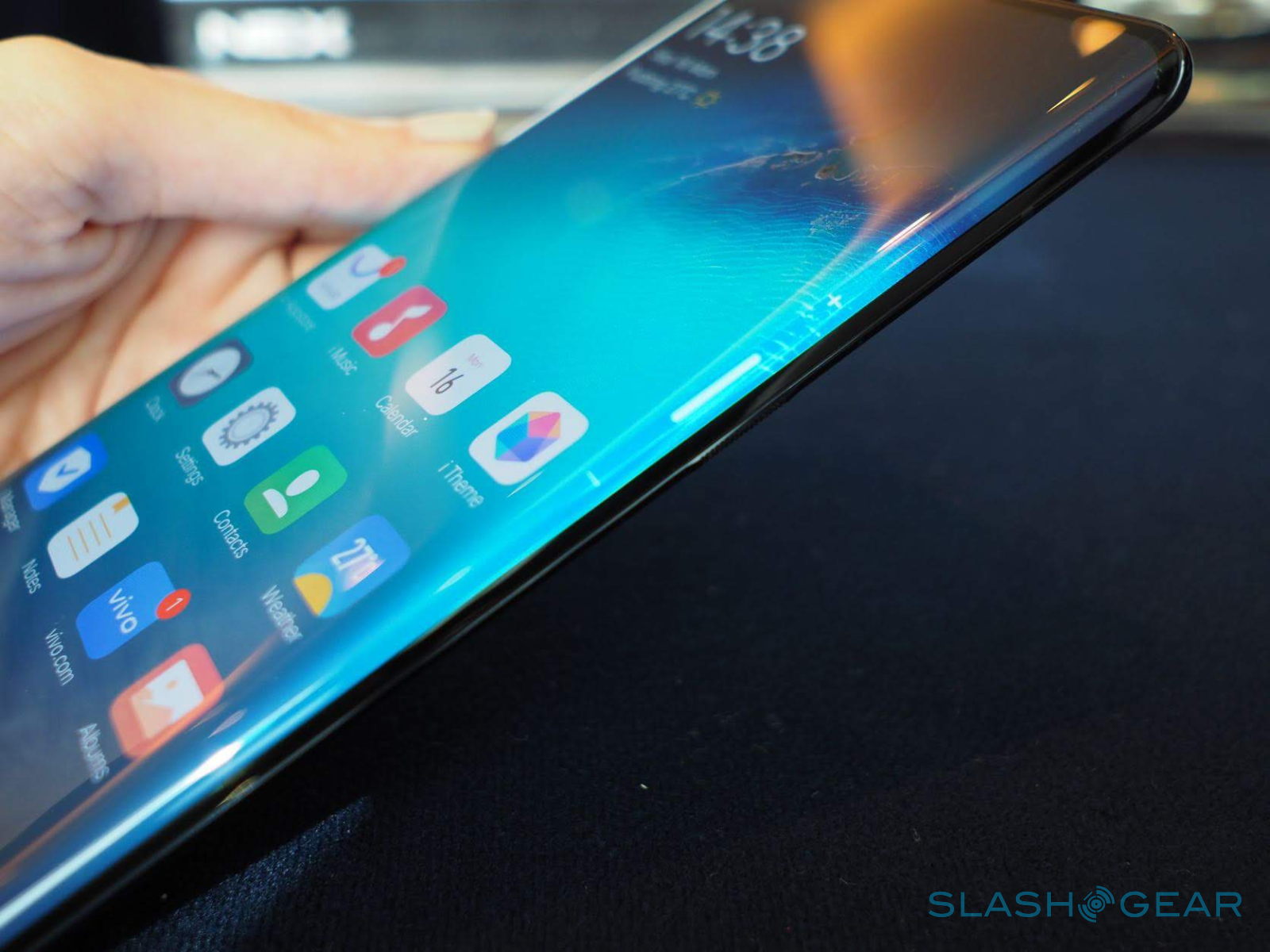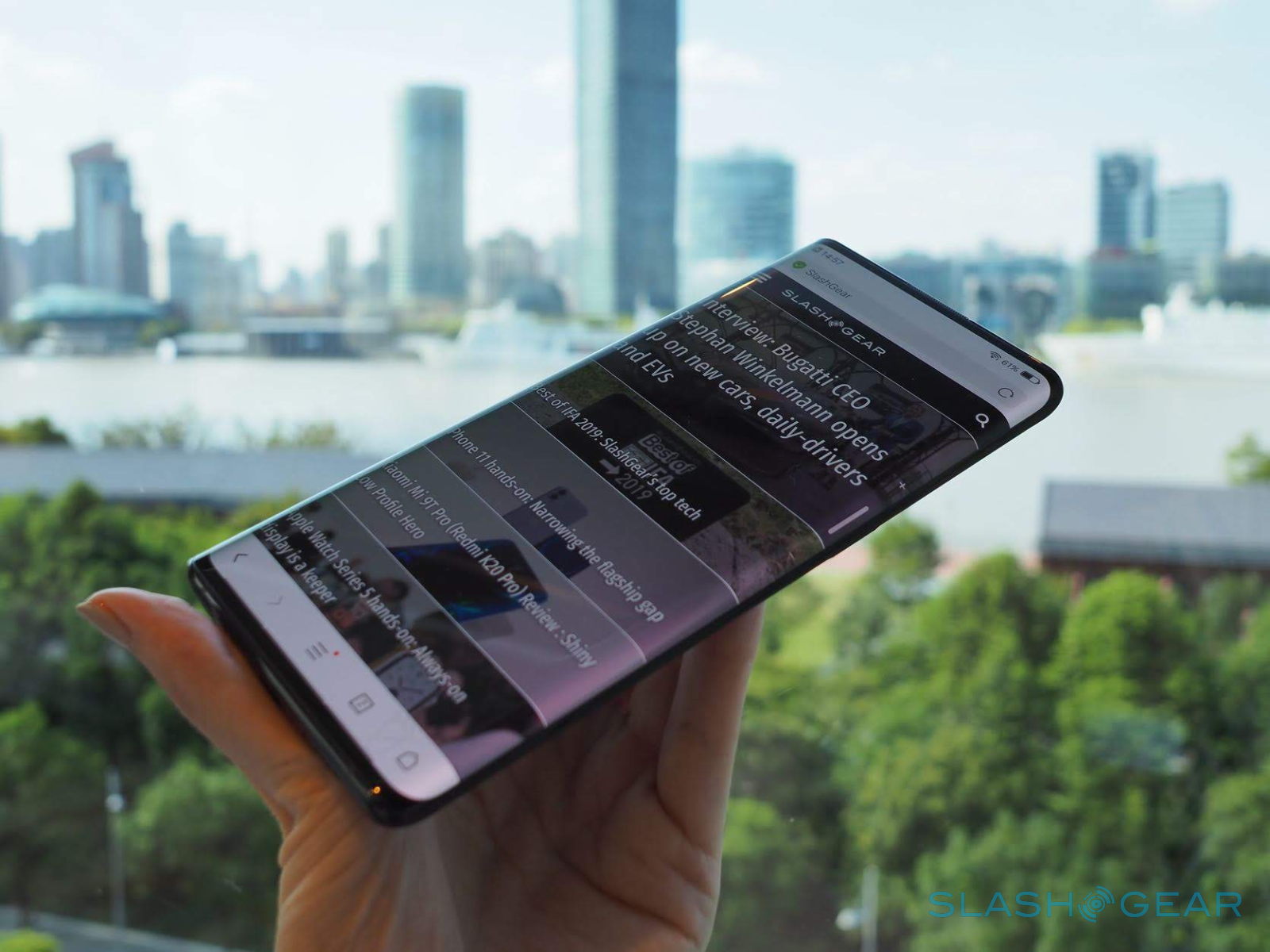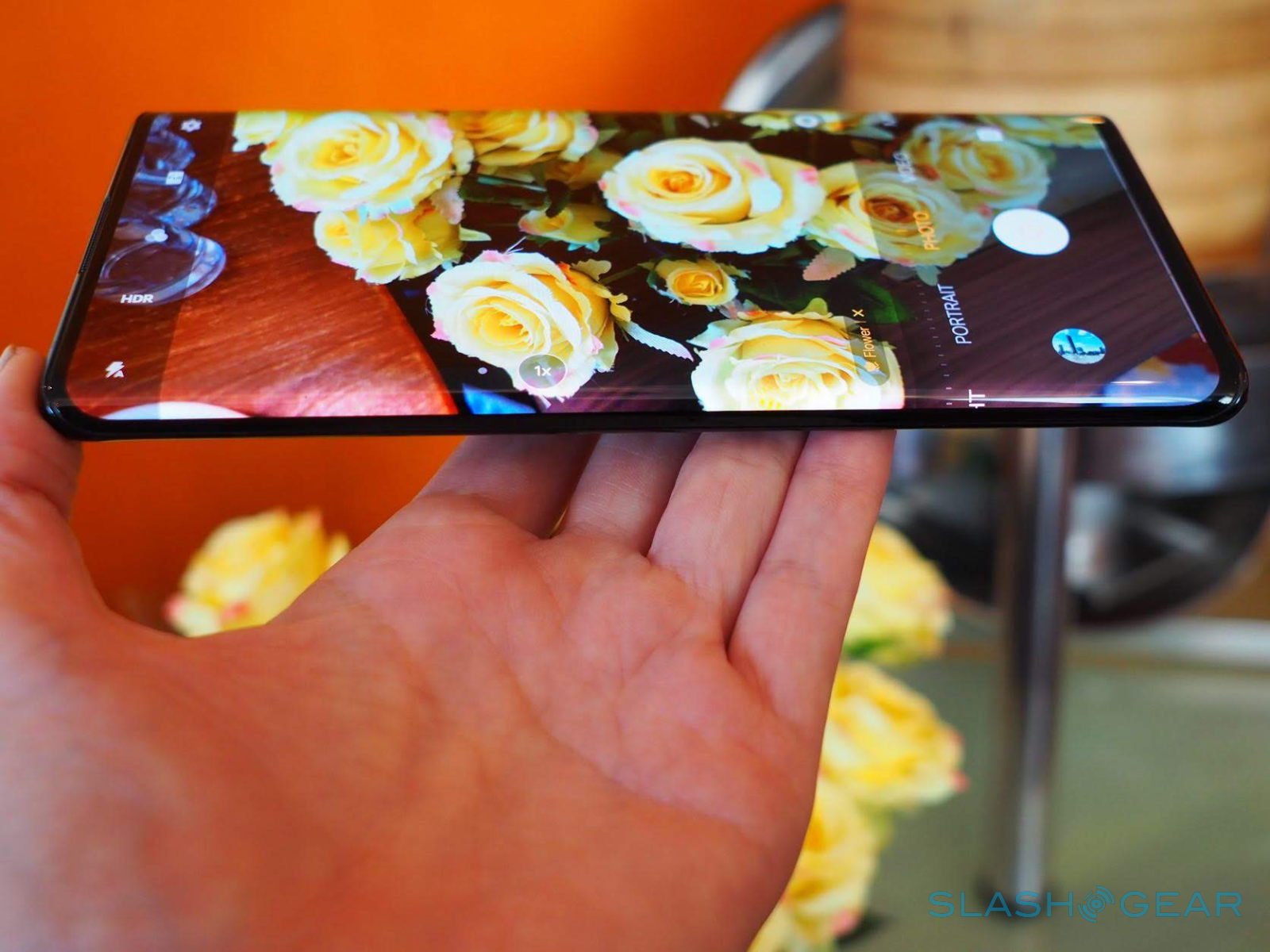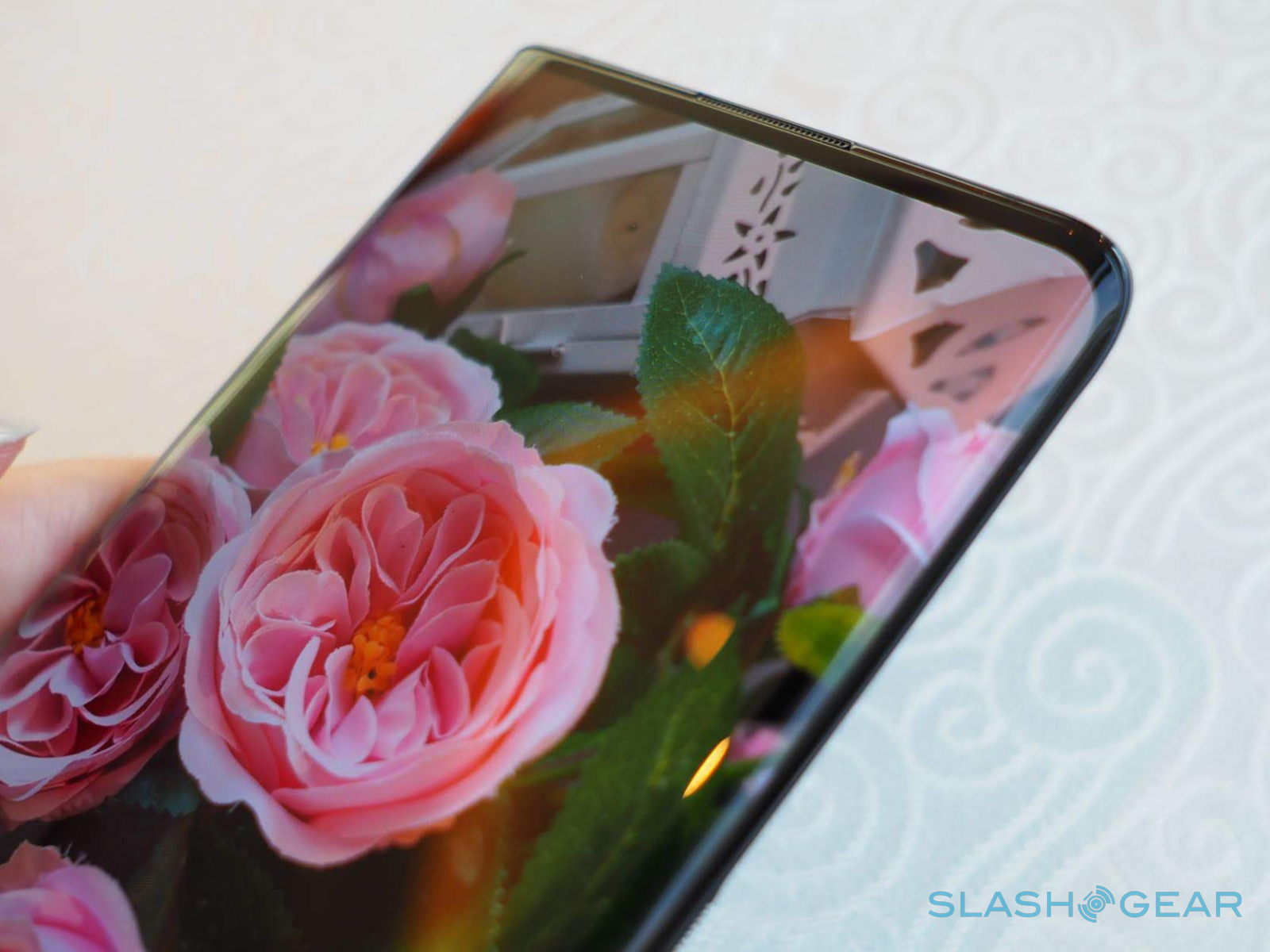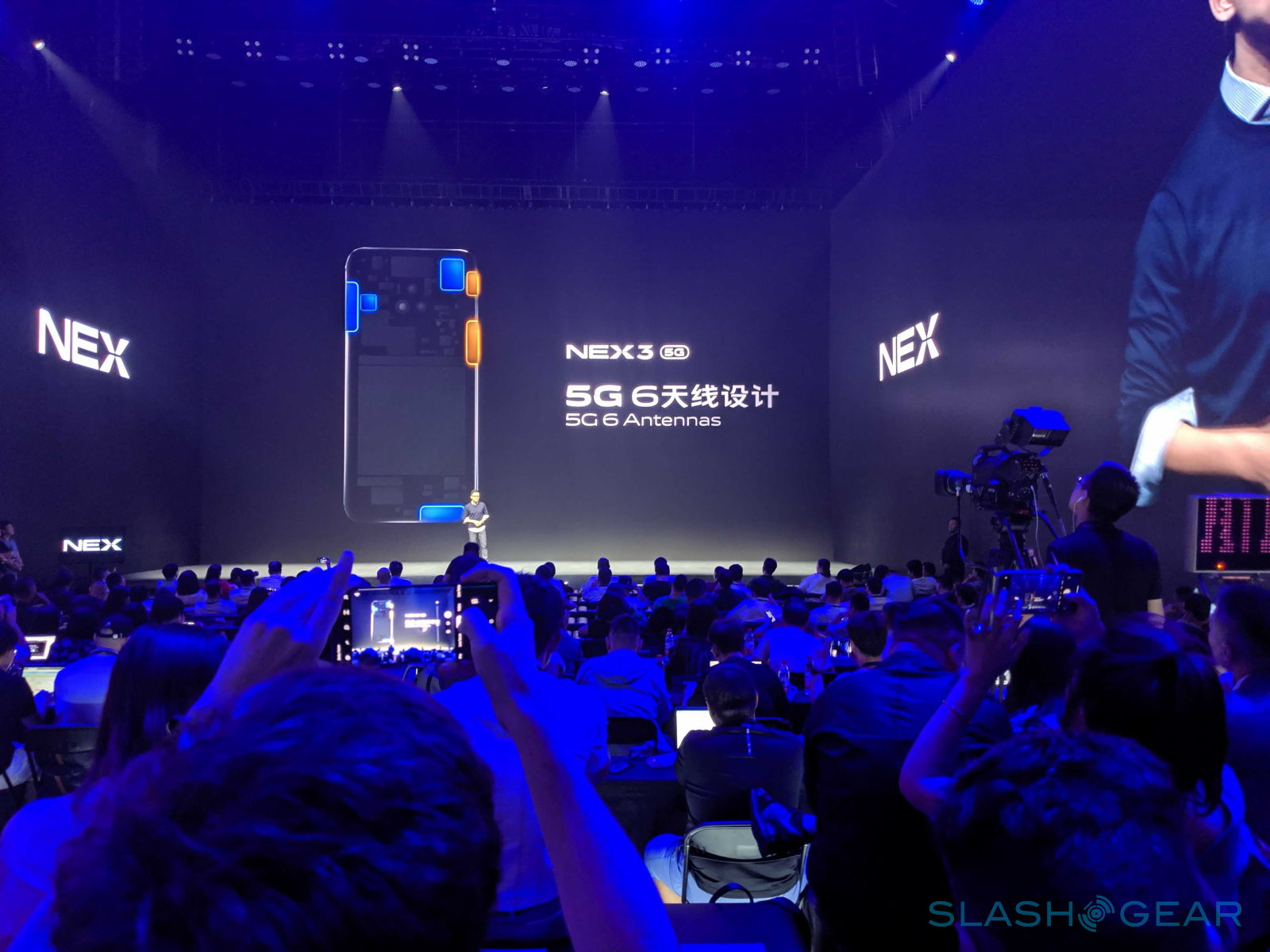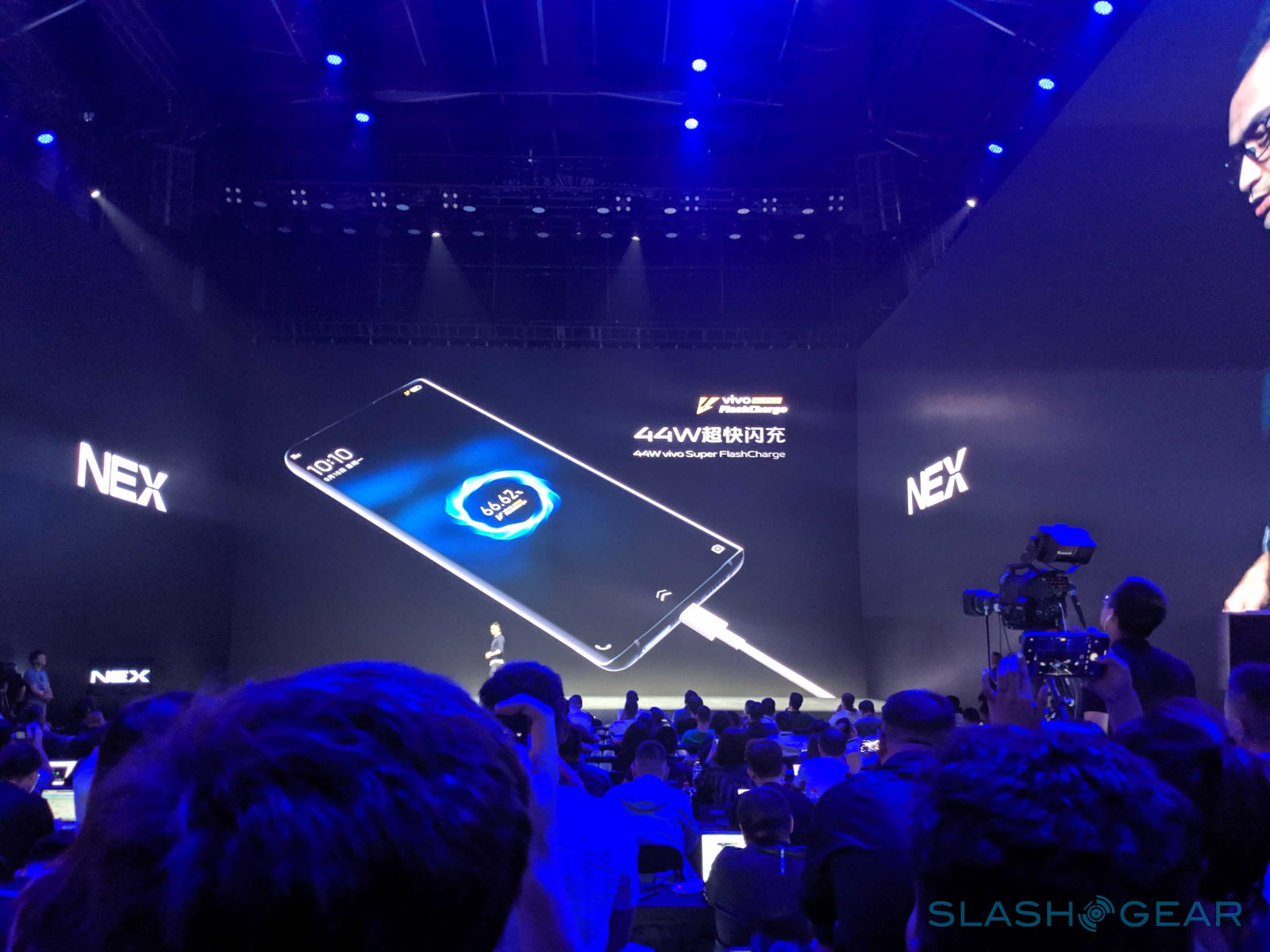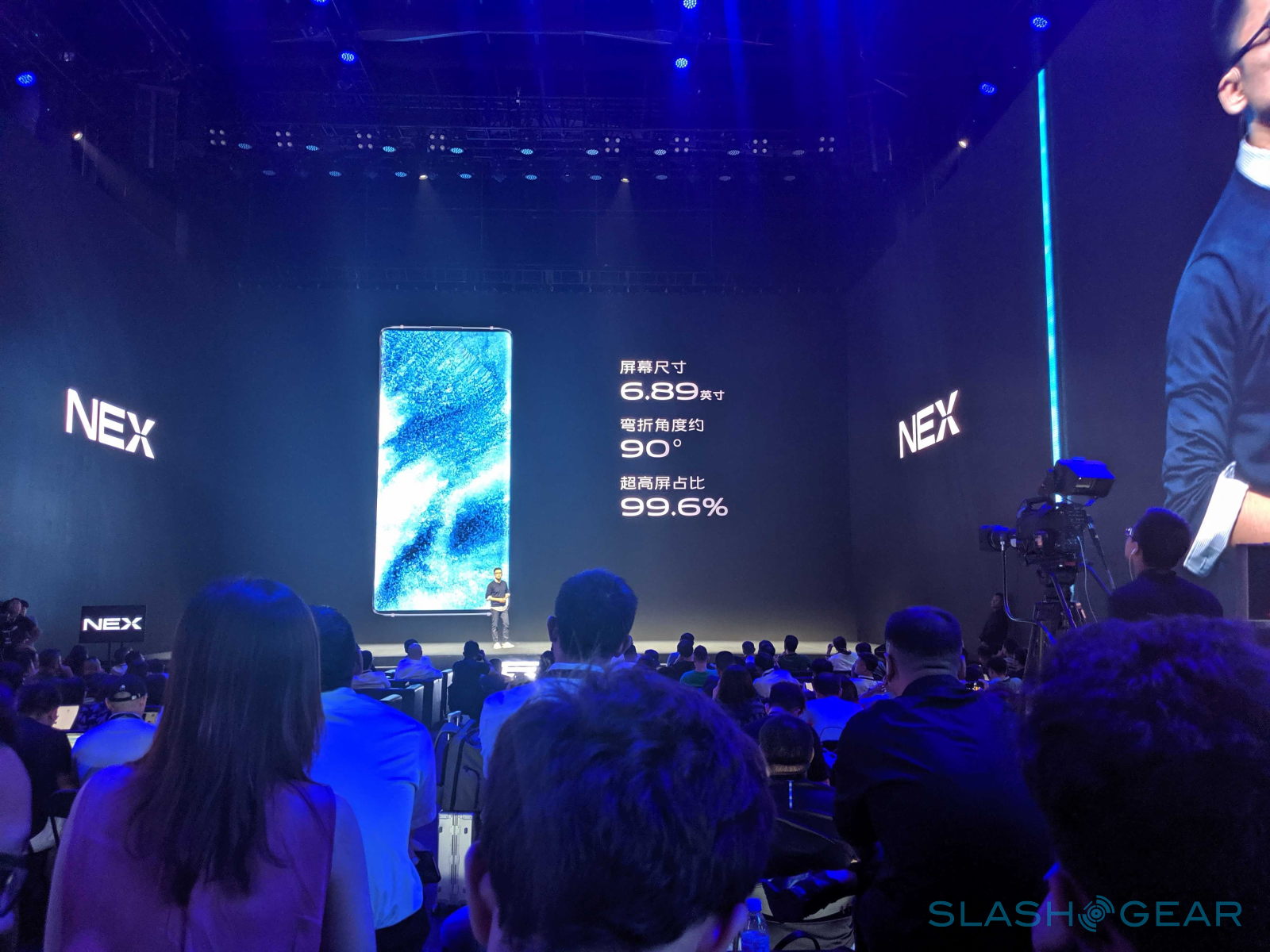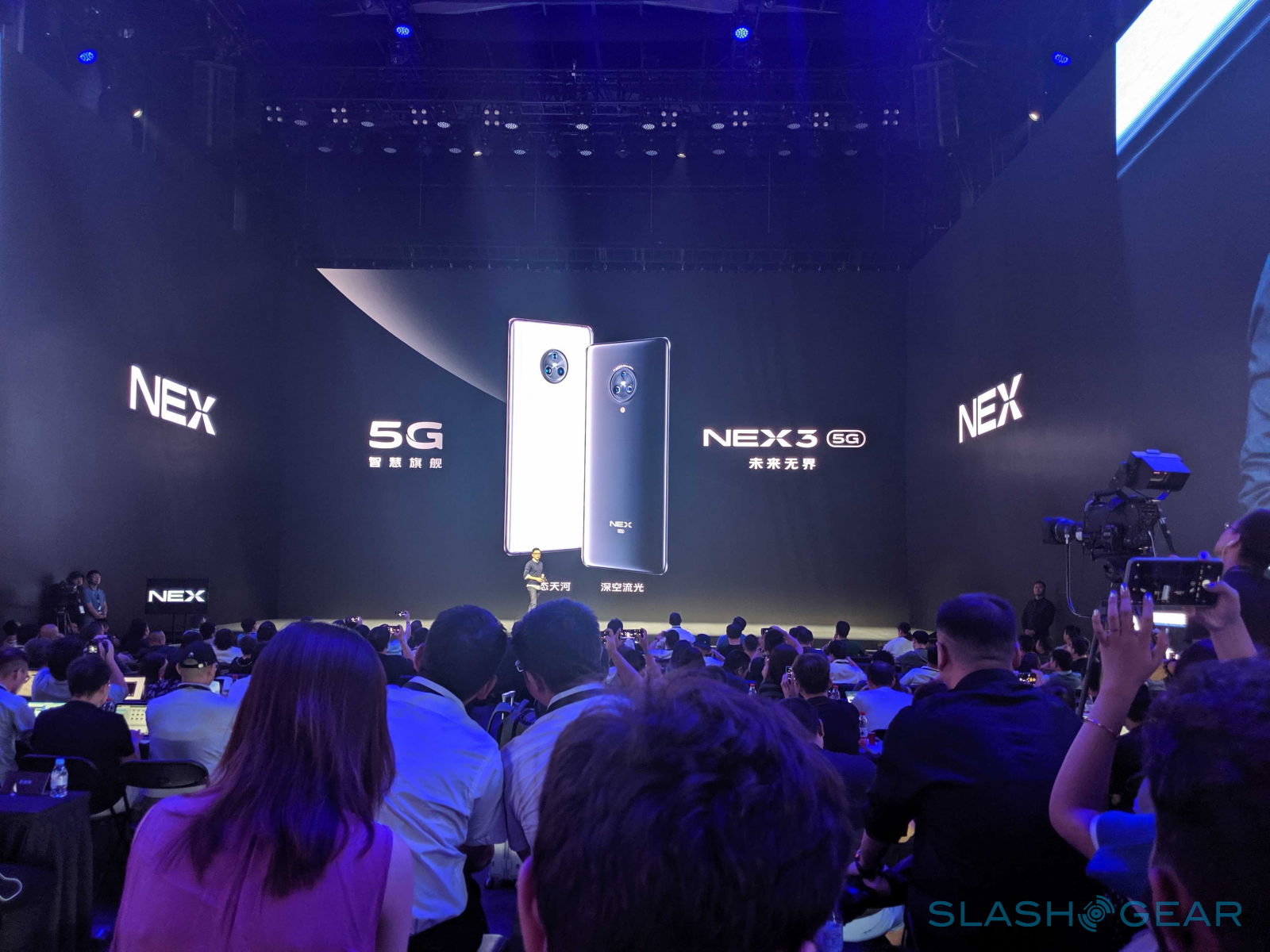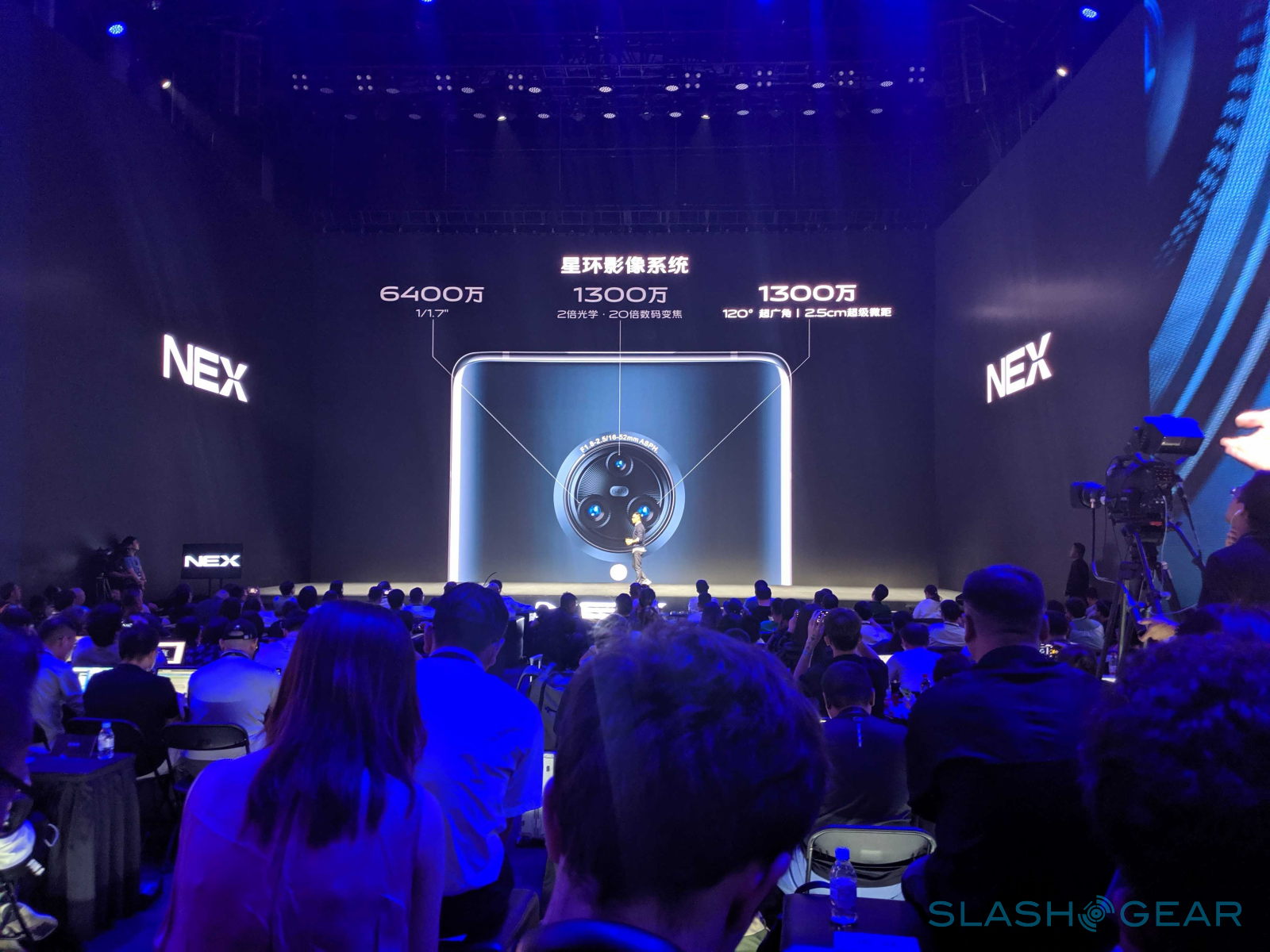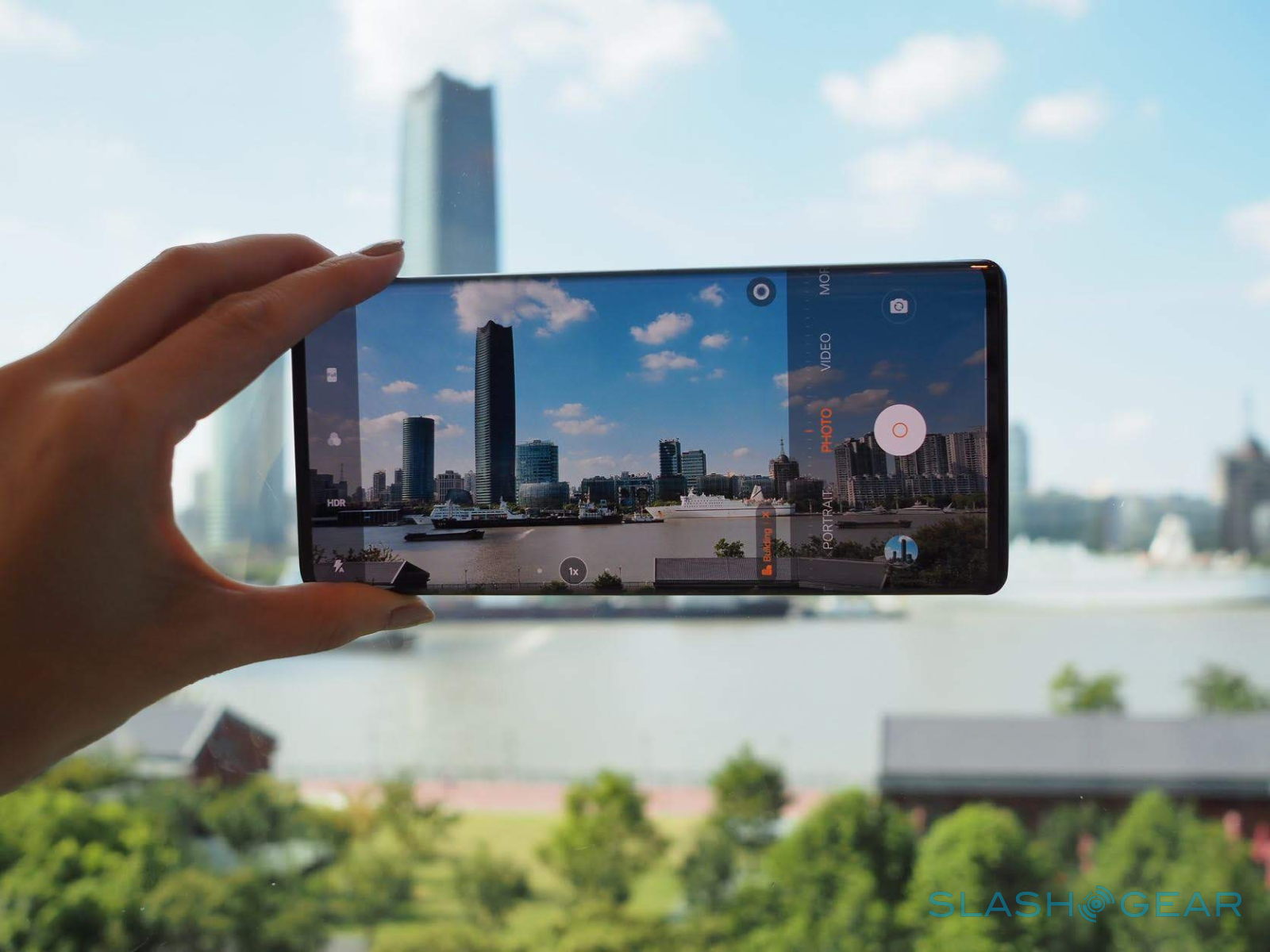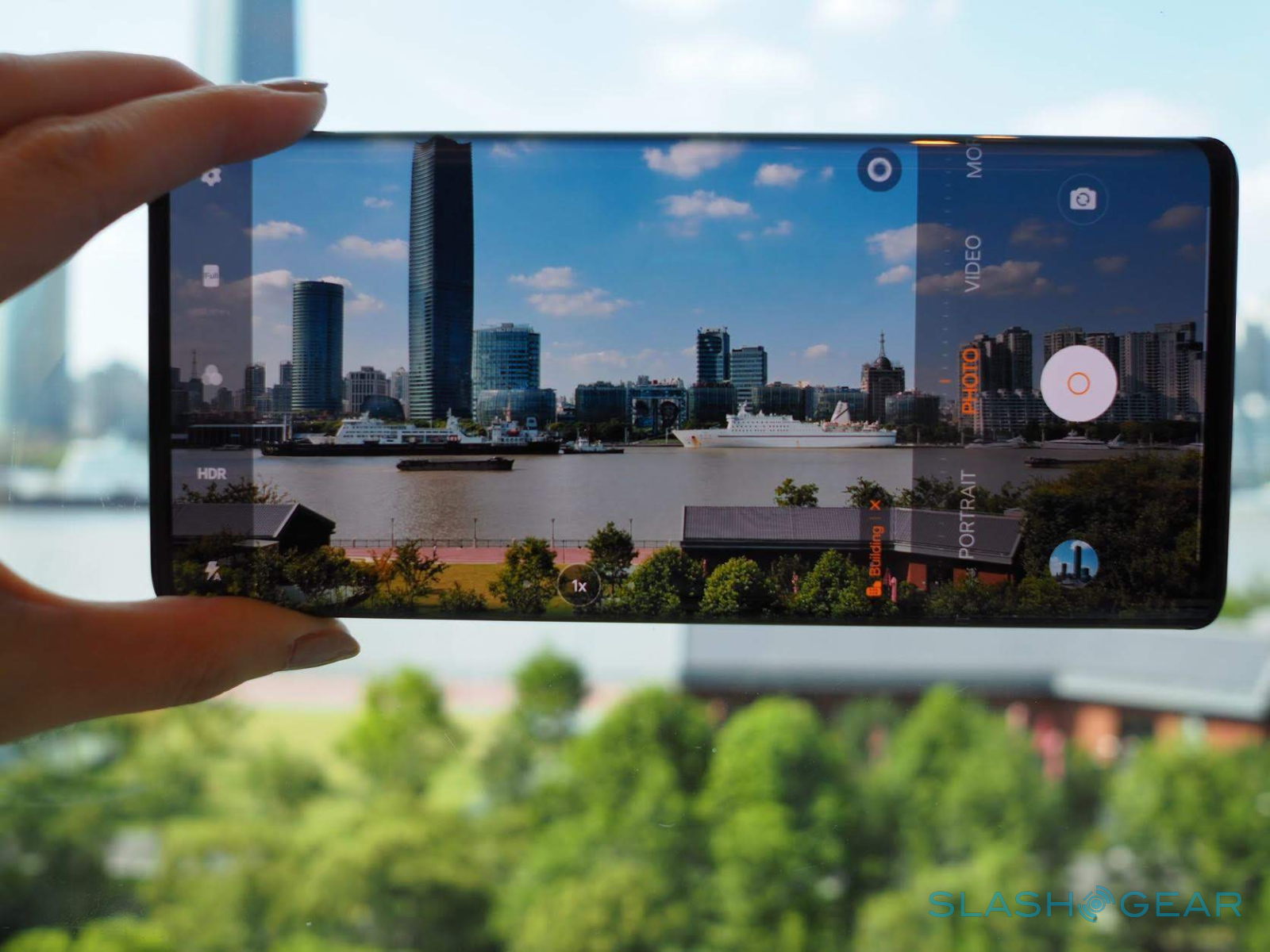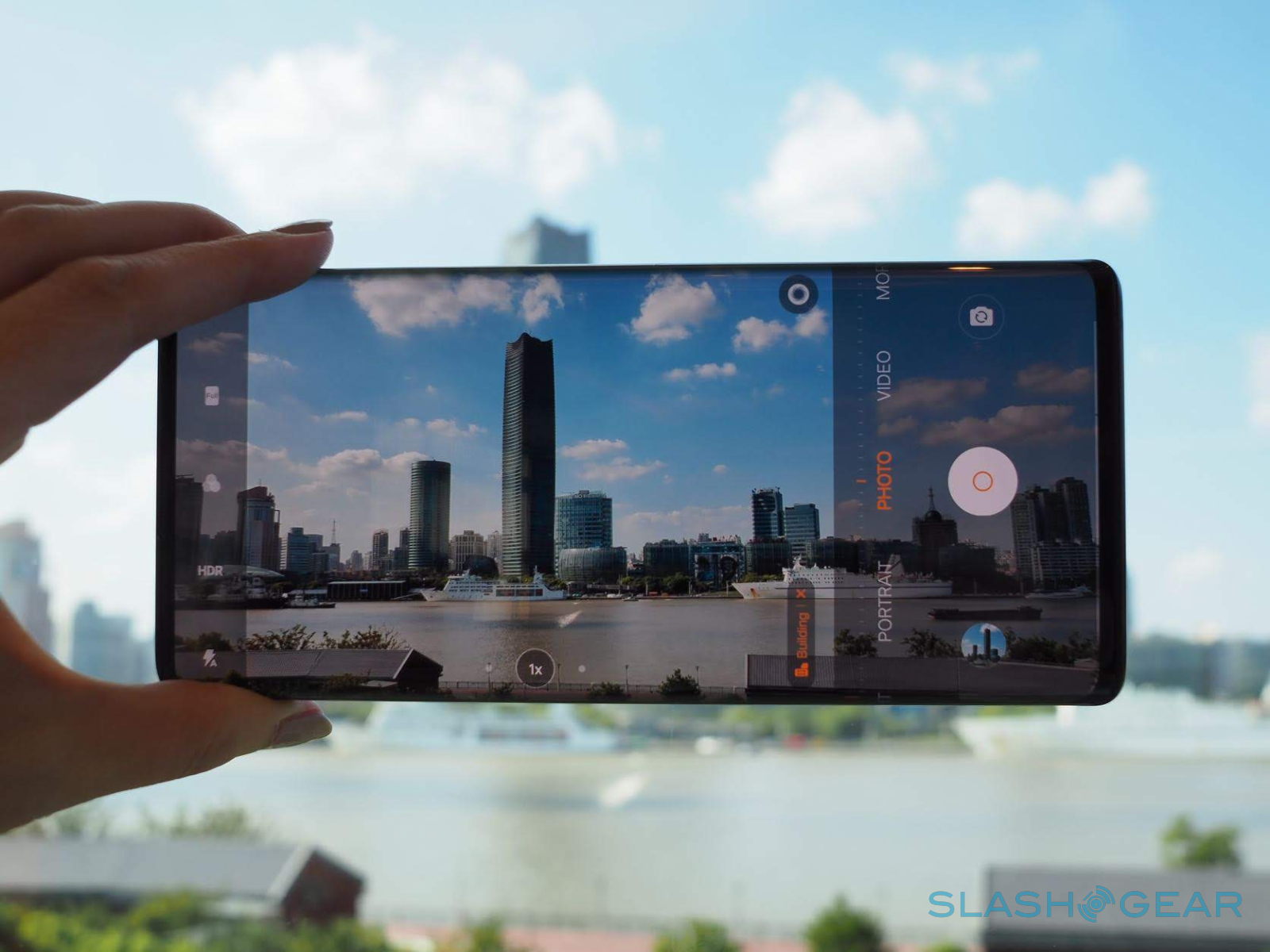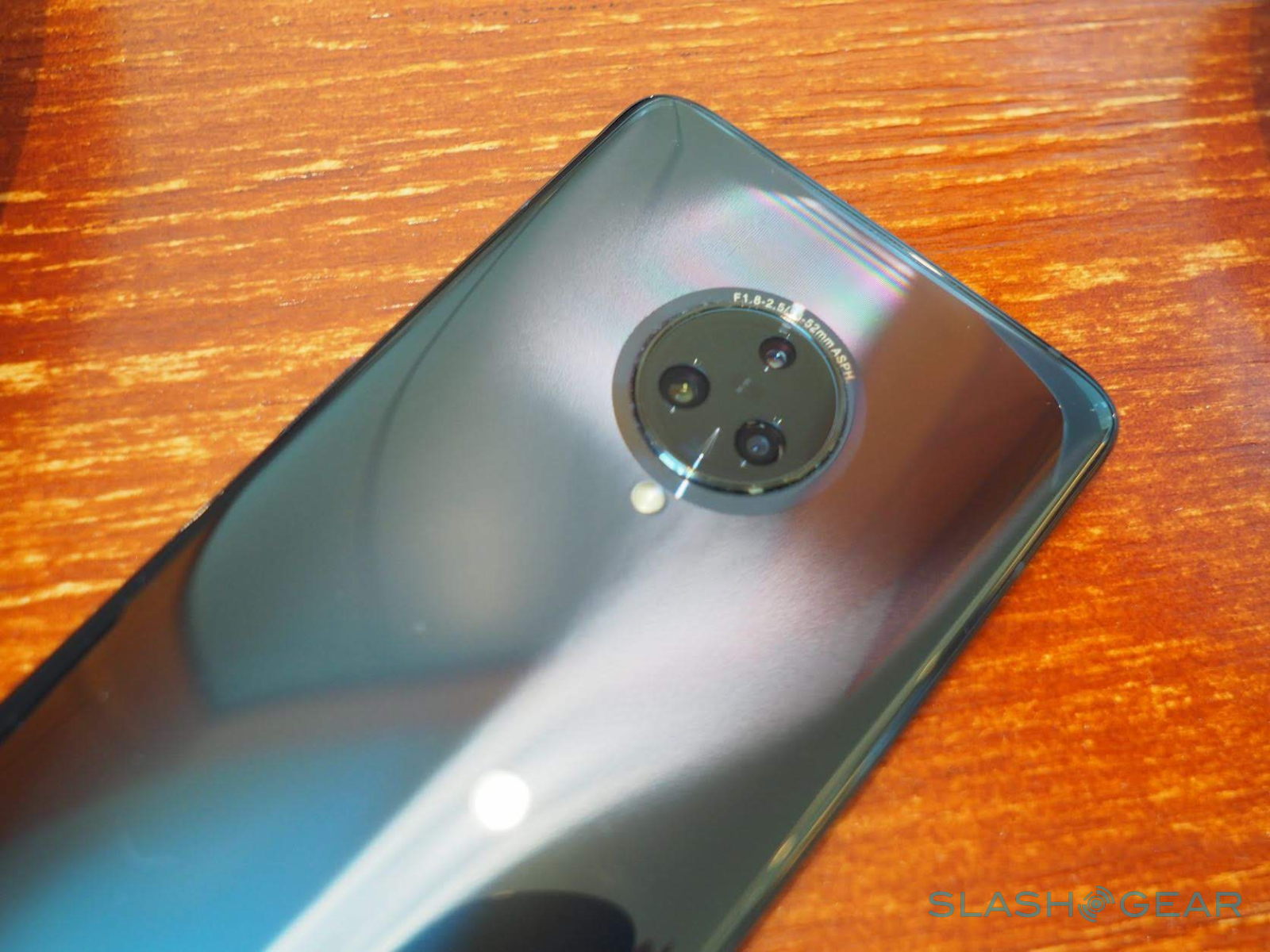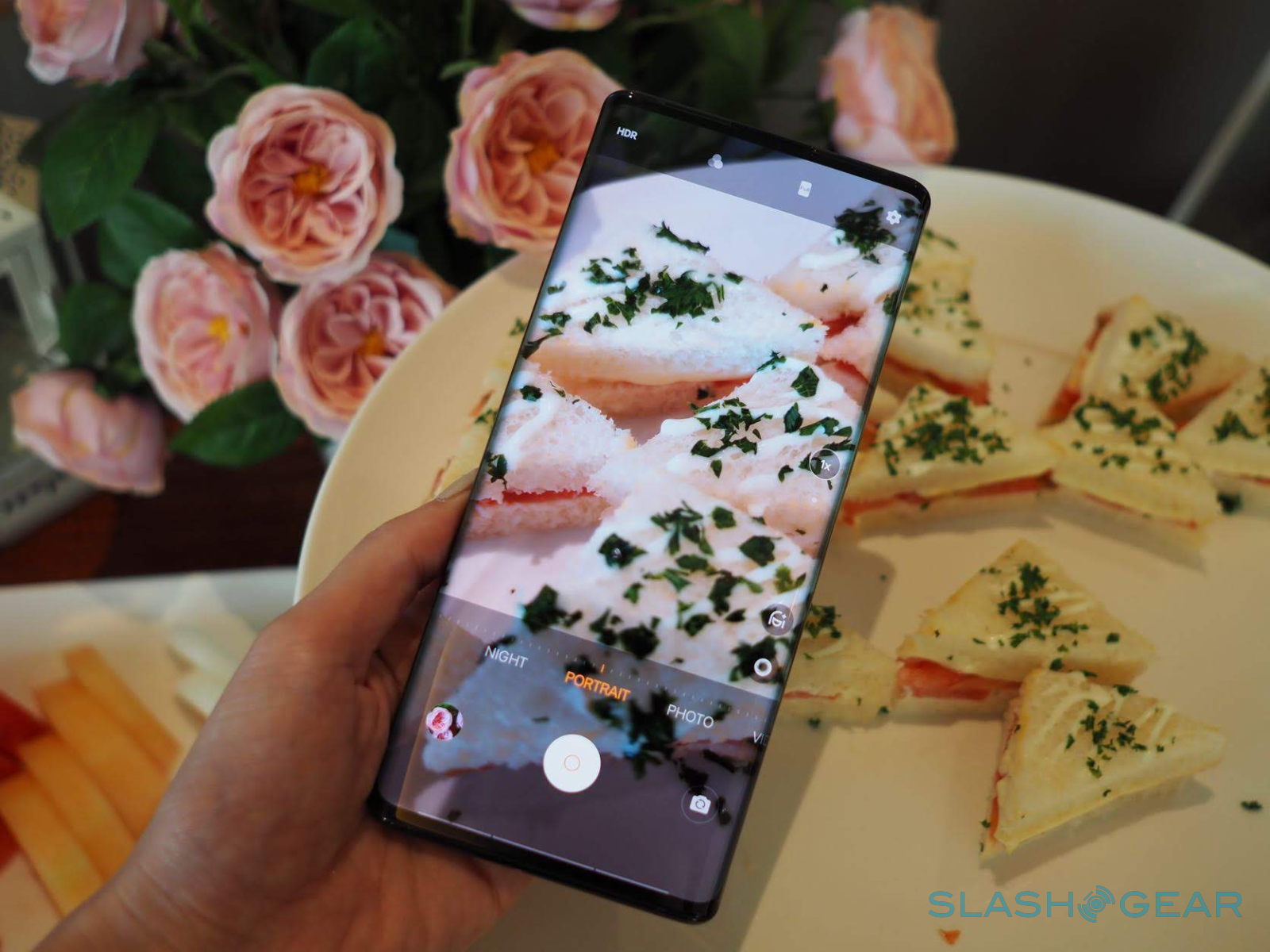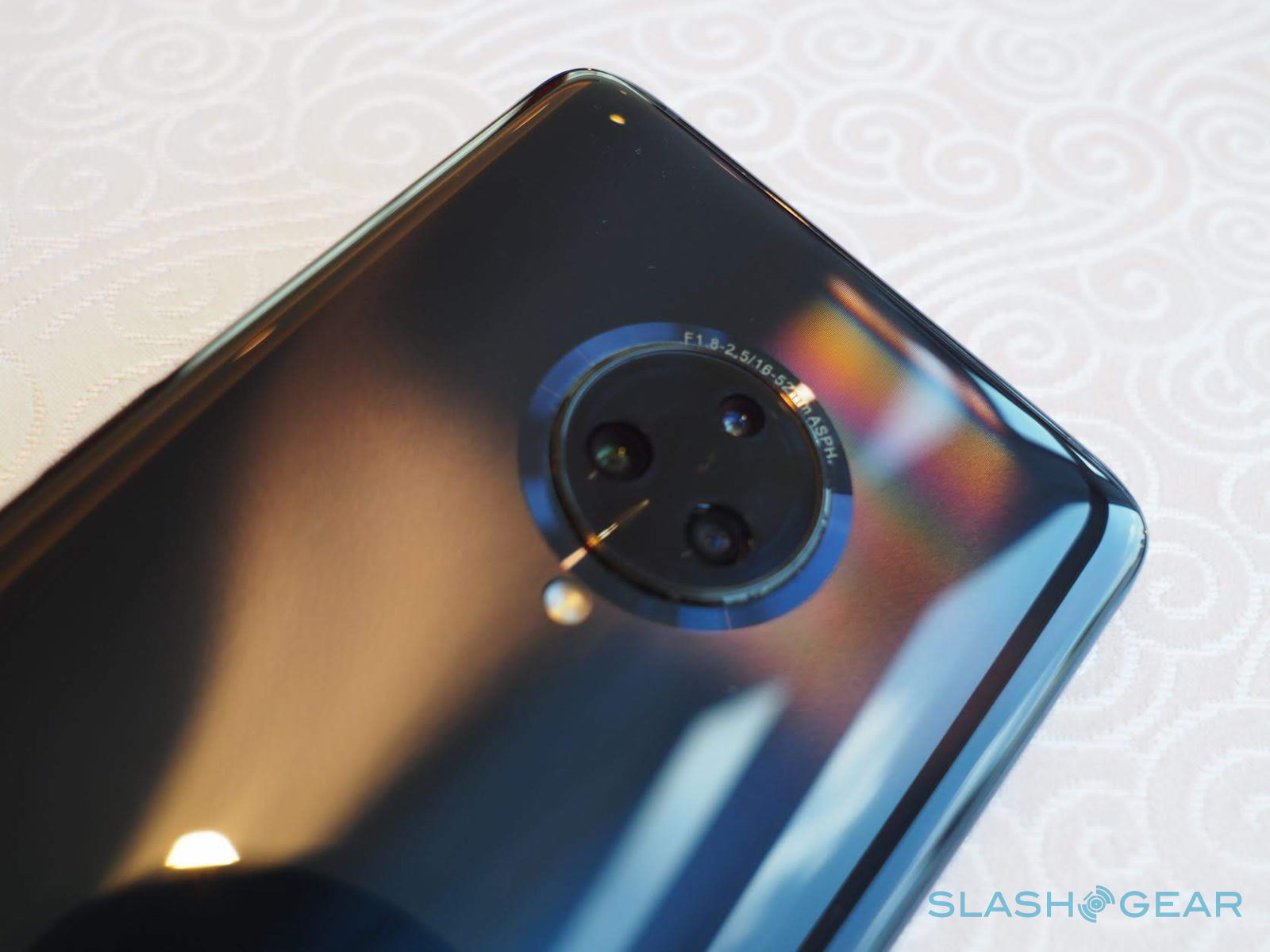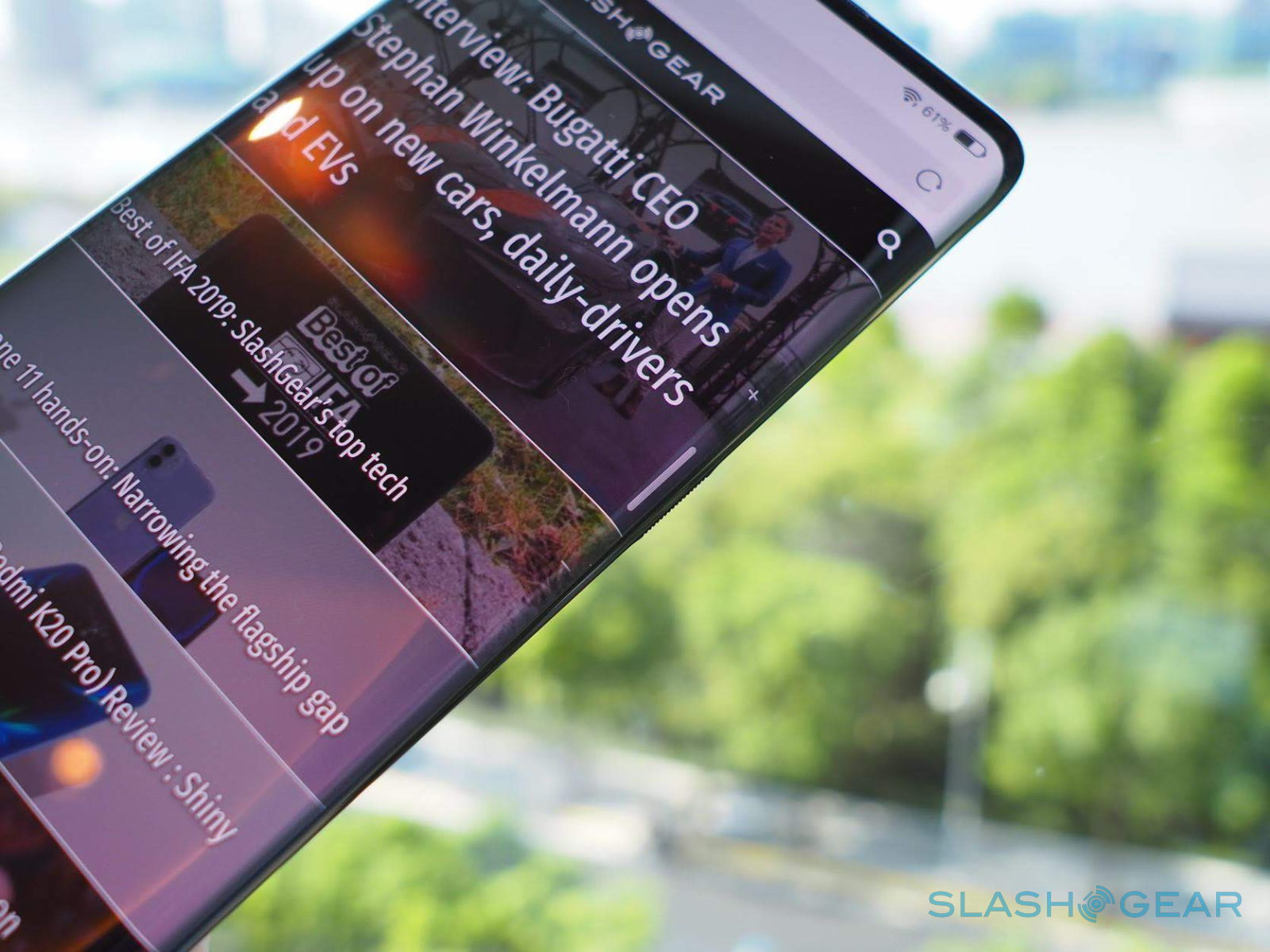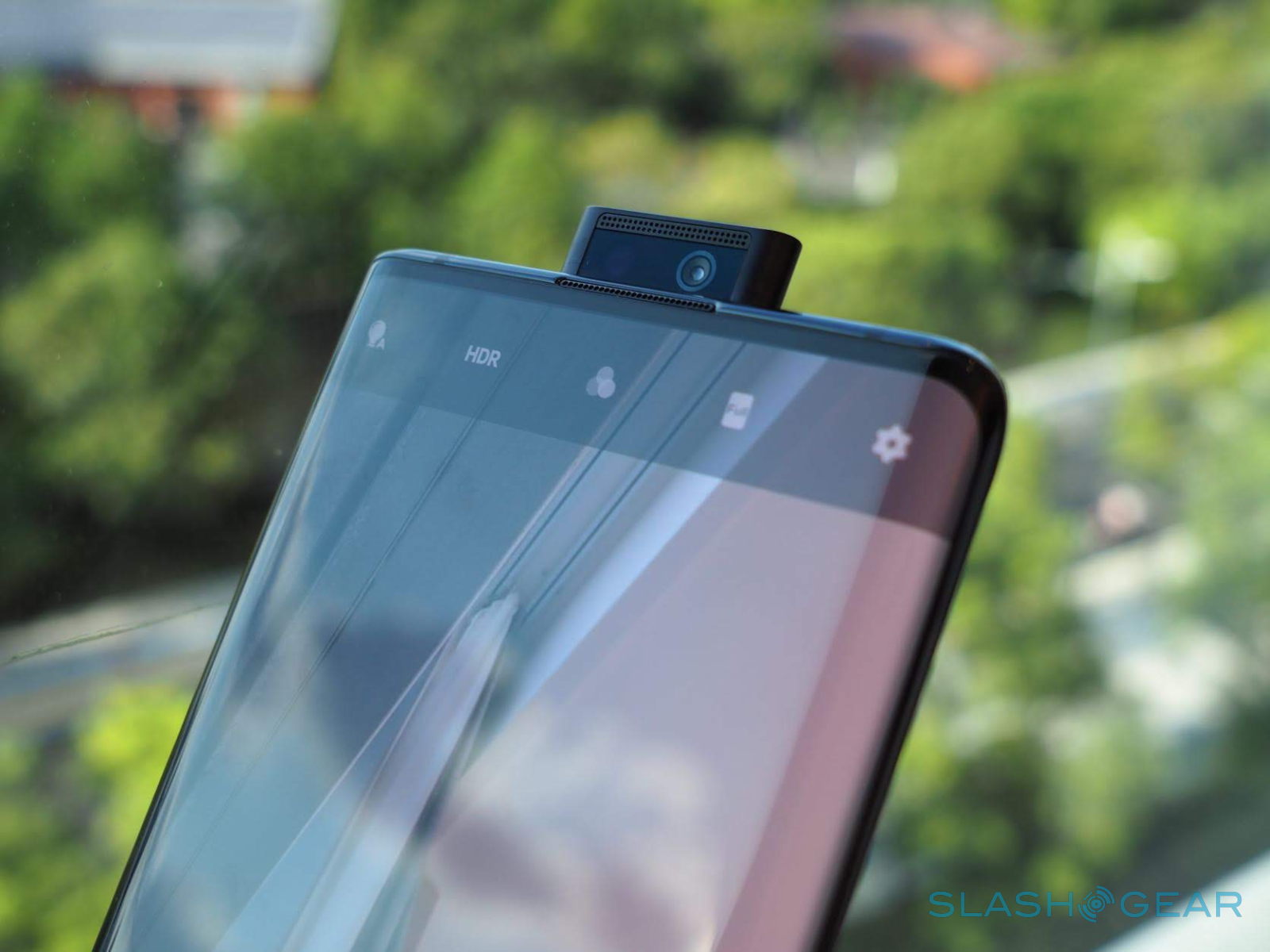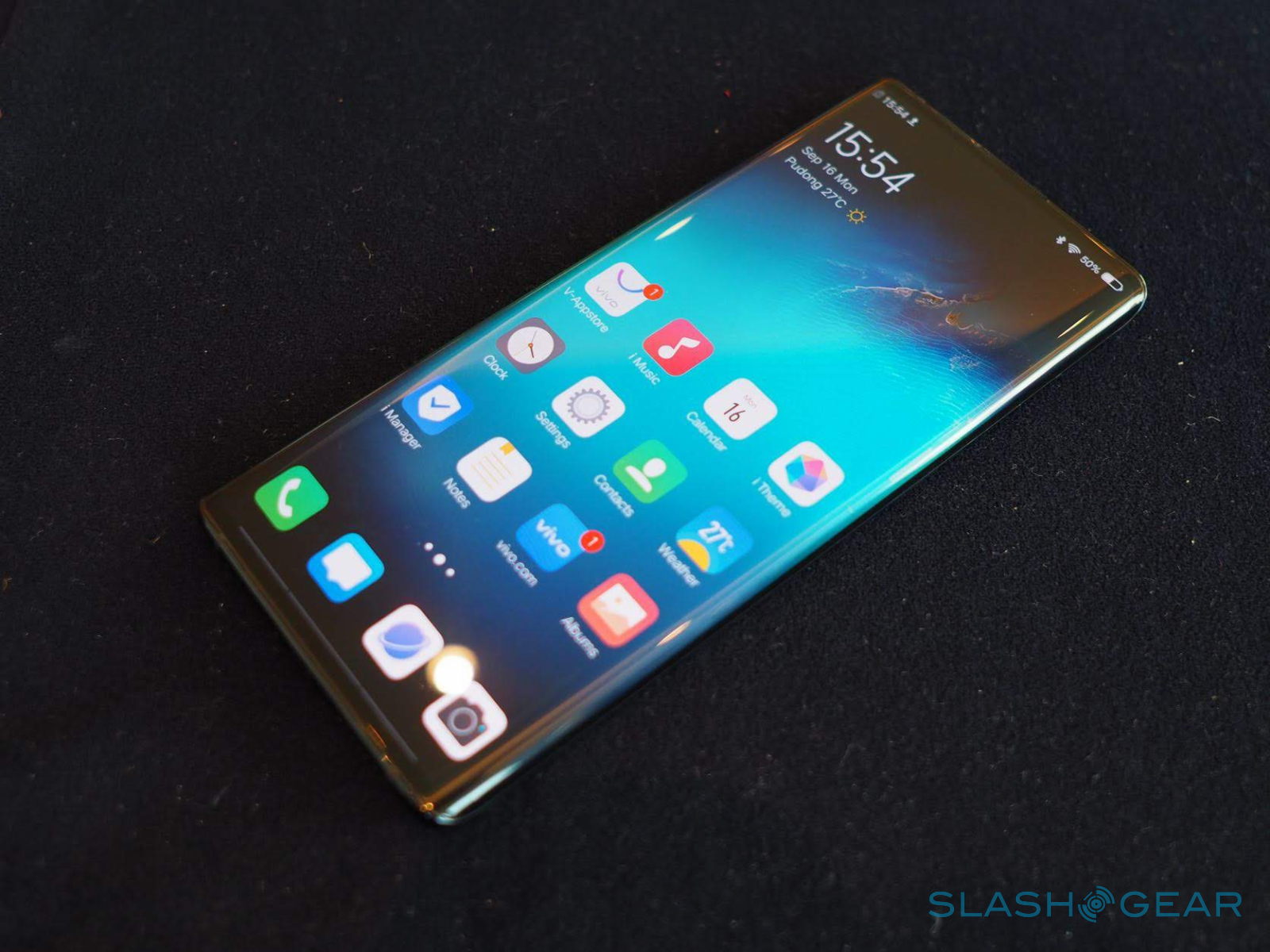Vivo NEX 3 5G hands-on: a new face on a familiar soul
Vivo will probably be remembered, or blamed, as the one that started the whole popup camera mania. It didn't exactly catch fire but even larger OEMs like ASUS and Samsung have given it their own spin. Vivo, however, has been pushing the envelope of mobile hardware for years now, from deca-core processors to 8 or even 10 GB of RAM. With the Vivo NEX 3, the company is pooling together all its innovations into a high-end phone that looks both new yet feels familiar at the same time.
New Look
Visually speaking, the Vivo NEX 3 seems to combine elements from the previous two NEX phones plus a smidgen of the company's APEX concept phones. From the original Vivo NEX S, itself based on the first APEX concept phone, we have the latest iteration of a popup camera, now wider to accommodate a larger sensor.
From the Vivo NEX Dual Display Edition, it gets the circular "Lunar Ring" camera bump. And from the Vivo APEX 2019, it borrows the idea of a screen that flows over to the side edges of the phone. The only difference is that it doesn't wrap around all the way to the back.
The latter "Waterfall FullView Display" is both aesthetic and functional at the same time. The 6.89-inch Samsung POLED 2256x1080 screen, also partially thanks to that motorized popup, stretches to fill almost 99.6% of the screen, probably the highest in any commercial smartphone to date. That same screen manages to also reach 800 nits of brightness, support HDR10 and 100% of the P3 color gamut, and more.
The highlights of that screen don't stop there, though. There is, for example, the dynamic multi-scenario ambient light that shows off colors at the edges depending on the music's rhythm or notifications. And as hinted before, the phone features an X-axis Haptic Vibration motor that promises an almost similar haptic feedback when pressing on the screen edges that replace familiar physical buttons for volume and power.
In practice, the phone felt very comfortable to use hold and there were no accidental touches at the sides. The haptic volume buttons also required a harder press to also prevent accidental triggers.
New yet Familiar
The Vivo NEX 3 may be novel in its appearance but, deep inside, it may sound very, very familiar. Make no mistake, the smartphone is up to its neck in high-end specs, which is the good news. The bad news is that it starts to sound like almost every other high-end phone in the market this half of the year.
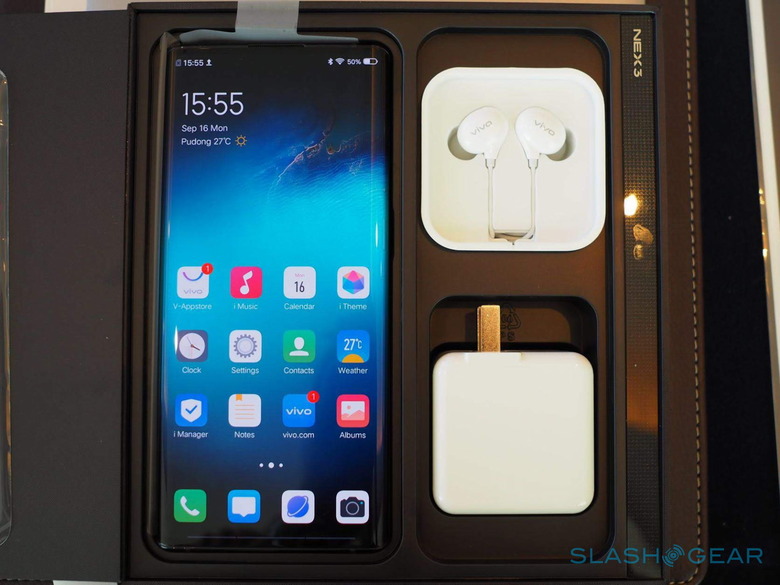
The Qualcomm Snapdragon 855 Plus leads the way, which actually puts it above the Samsung Galaxy Note 10 and, if the leaks are correct, even the Google Pixel 4. There's 8 GB of RAM at the lowest and the option to have 12 GB, the highest in the market. The 256 GB storage uses the same super-fast UFS 3.0 type that the Galaxy Note 10 uses.
It has a plethora of sensors, including an in-screen fingerprint scanner which Vivo boasts has been improved since the previous generations. Based on our quick test, however, it felt almost a bit slower than most, especially with a fancy animation that makes it look slow as well.
In terms of hardware, however, Vivo is focusing on the 5G capabilities of at least one of the two variants of the Vivo NEX 3. While it does utilize the Snapdragon 855 Plus' for basic support, Vivo has developed its own "5G-6" antenna design for enhanced signal. Heck, Vivo is even looking beyond 5G and is already putting R&D resources into 6G this early.
The Vivo NEX 3 5G also has dual WLAN acceleration that can use two Wi-Fi signals at the same time. To support the expanded power of the phone, the NEX 3 boasts of a large 4,500 mAh battery that can be charged quickly with 44W Super FlashCharge technology.
Three is better than two
These days, the camera has become almost the most important component of a smartphone. The Vivo NEX 3 is no different and the Lunar Ring Camera design emphasizes that fact. It boasts of a 64 megapixel main camera sensor, none other than Samsung's own ISOCELL Bright GW1. It teams up with a 13 megapixel 120-degree wide-angle camera and a 13 megapixel telescopic camera that can achieve not only 2x optical zoom but also 2.5 cm macro shots.
We ran a brief test of those four camera shots and they are quite impressive. Stay tuned for a more comprehensive test of the Vivo NEX 3's camera promise.
The always invisible front-camera hasn't been left behind, now boasting of a 16 megapixel sensor. Popup cameras may seem like just an unnecessary obstacle to snapping a quick selfie but, in between trying to frame the perfect shot and waiting for the camera to popup, Vivo's latest purpose-fit motor is promised to be fast, smooth, and stable.
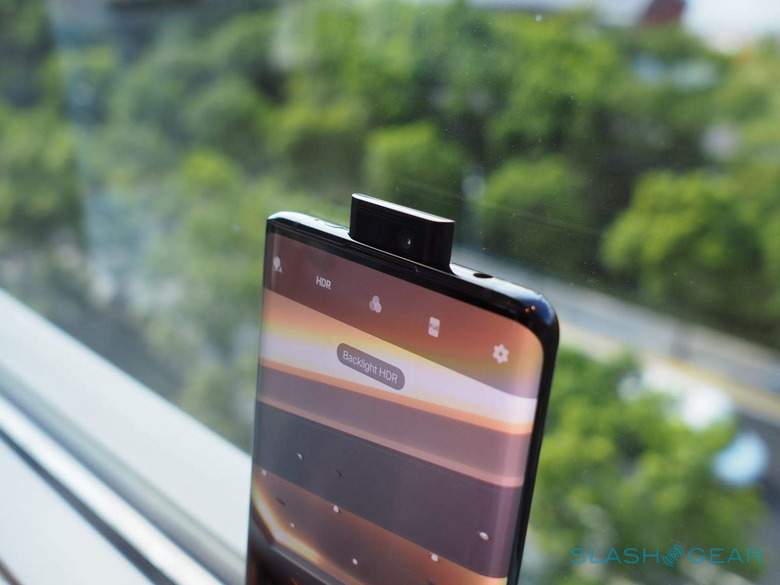
Wrap-up
Vivo, and later Huawei, are daring to take Samsung's curved edge design to its logical next step when Samsung itself seems reluctant to do so. The Waterfall FullVision Display and the latest generation popup camera is also showing what a truly bezel-less phone will look and feel like.
With a circular bump housing three powerful cameras, the latest Qualcomm mobile platform, 5G connectivity, and one of the fastest wired charging technologies in the smartphone market, the Vivo NEX 3 5G is clearly home to the latest and greatest technologies that a phone maker can offer.
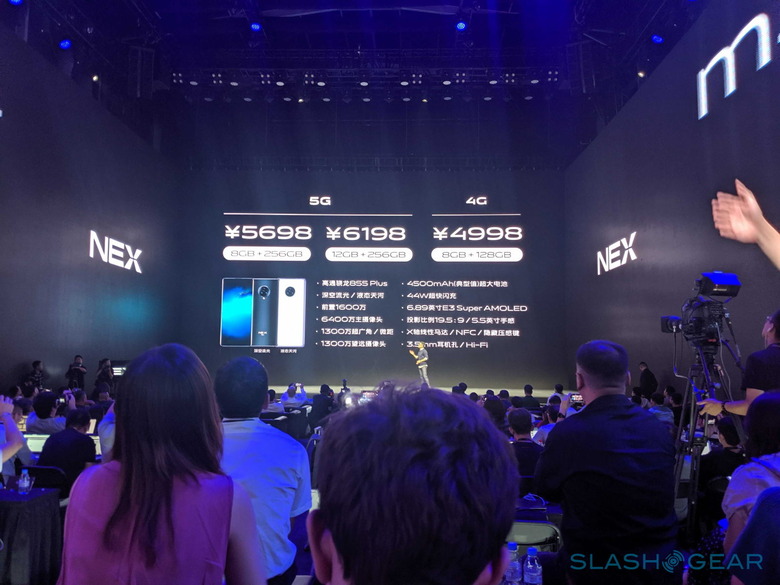
Of course, it will take more than just a checklist of the latest technologies to successfully sell a smartphone. One factor is availability, and Vivo says it is working with US and European carriers to make that a reality. The other is price, which starts at 4,998 RMB for the 4G model. At almost $710, that puts it still well below the $1,000 mark of most flagships. The prices do start to rise rapidly with 5G (5698 RMB or $810) and 5G with 12 GB of RAM (6,198 RMB or $880) but, again, they still undercut the competition.
The Vivo NEX 3 5G undoubtedly has the looks and the hardware chops but it will take more than those to sway a market that is growing in sophistication and expectations. Stay tuned for our review to see if those hold up in real-world everyday use.
Aki Ukita contributed to this hands-on report.

